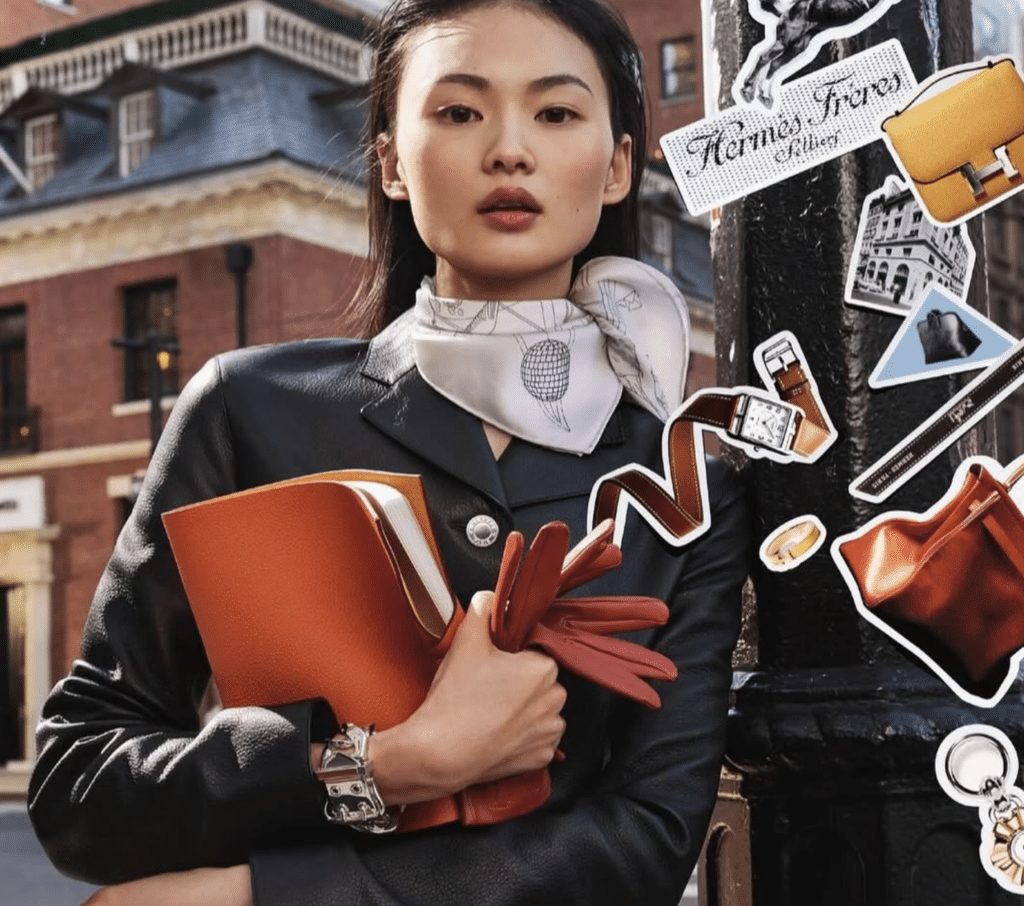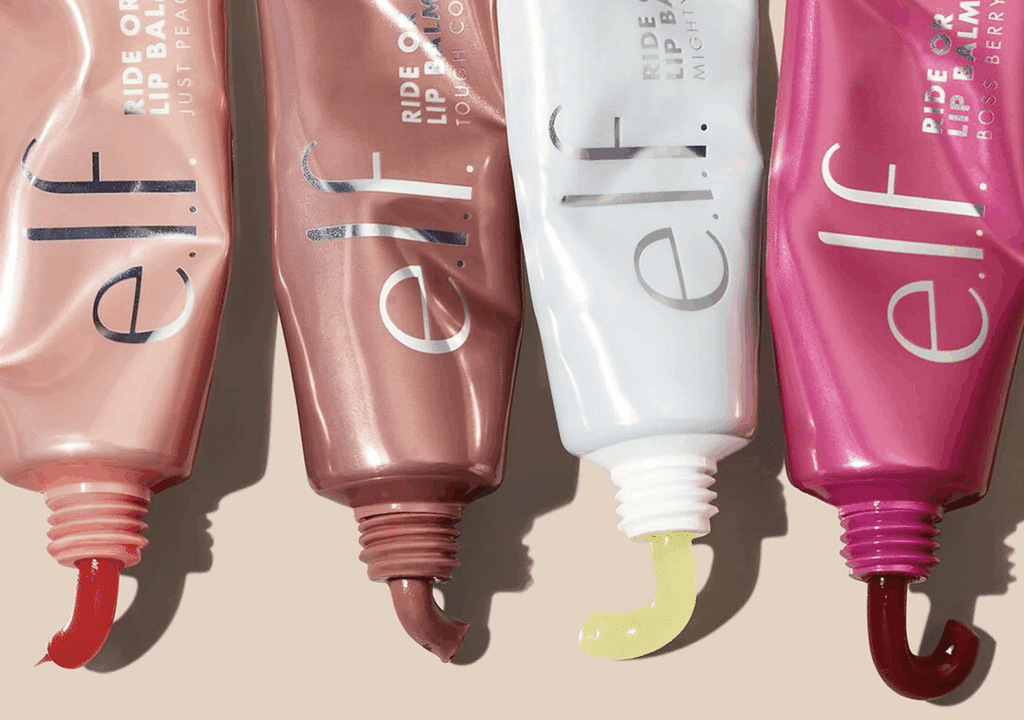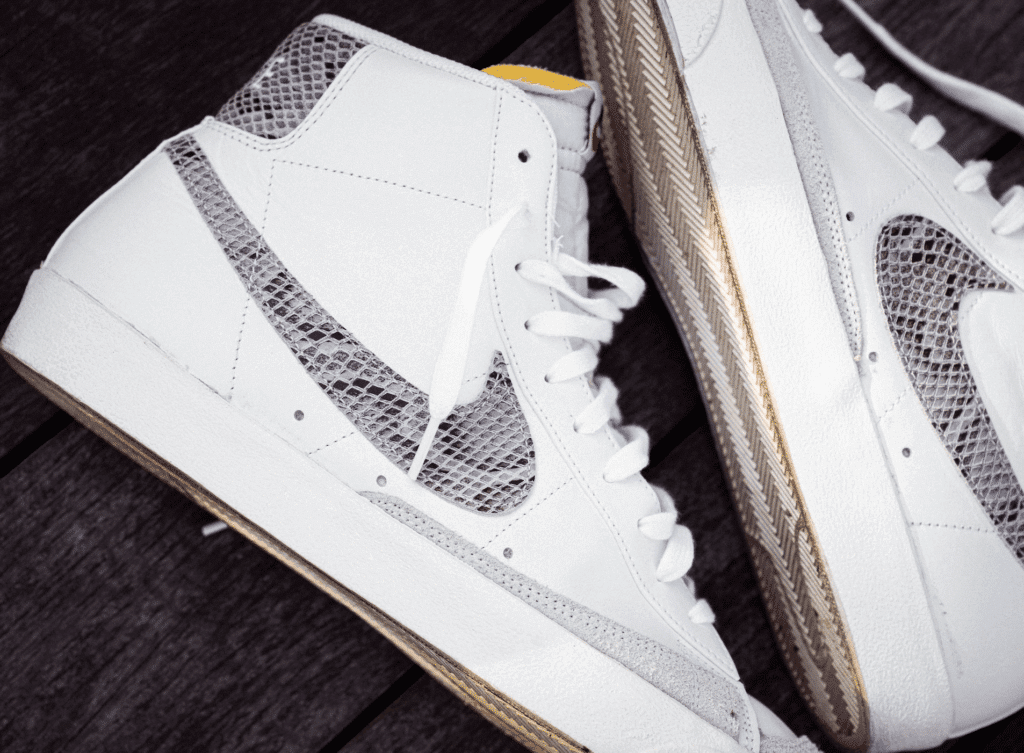“How do you sell luxury in a recession?” That is what Bloomberg asked back in 2009, reflecting on the Great Recession, the economic downturn that swept the globe beginning in the late 2000s and lasted for nearly a decade, with its official “ending” coming by most accounts in the early 2010s. “If you’re Gucci,” Bloomberg asserted at the time, “you try to convince customers that a handbag is not just an accessory but an investment.” With that in mind, the purse getting top billing in Gucci boutiques that season was its “New Jackie,” a bag based on a style carried by the late Jacqueline Kennedy Onassis and “marketed as a bag ‘to use and love forever.'” It was almost entirely devoid of the luxury goods brand’s name and logos. (And in a nod to its longevity, Gucci “reimagined” and was marketing the Jackie bag as part of its S/S 2025 collection.)
With that same mentality in play, Gucci’s “GG” bags – the ones with the interlocking G’s patterns that have long been the primary face of and primary selling point for the Italian design house – were pushed from the foreground amid economic uncertainty in the mid-2000s. They were still available for sale in the Kering-owned brand’s brick-and-mortar stores around the world should a consumer inquire (and potentially, in an effort by the company to ensure that it maintain uninterrupted use of its various trademarks), but Gucci’s staff members were not greeting shoppers at the door with “GG” bags in hand.
Discreet, Timeless Purchases
That was not what consumers were looking for. No, in 2009, after years of economic volatility, “Consumers are looking for discreet, timeless purchases,” former Gucci CEO Robert Polet said at the time. They “are not keen on anything that could fall out of fashion. People feel guilty about that.” And so, Gucci, faced with selling non-essential items – like expensive handbags and flashy high fashion – amid a global financial downturn, went back to the drawing board. The result was an emphasis on more timeless offerings.
There was a potential catch, though. The more “timeless” the product is, the more expensive it tends to be. That “New Jackie” bag, for example, with its smooth leather body and golden-hued and bamboo accents cost upwards of $3,000. (Fast forward and the Jackie Notte bag that former creative director Sabado de Sarno rolled out last year, with its smooth leather body and golden-hued and bamboo accents comes with a nearly $4,000 price tag.)
That was almost twice the price-tag of some of Gucci’s canvas-coated logo-centric tote bags. “Asking customers to trade up during a downturn might sound crazy,” Bloomberg asserted, “but it was working for Gucci.” The brand’s sales for the first half of 2009 fell less than the industry average – 3.7 percent versus 15 percent.
The shunning of seasonal, trend-specific – and often heavily logo-ed – wares and the corresponding shifts in marketing messaging that has unfolded during times of market discord goes beyond Gucci, and in fact, the success of exercising aversion to overtly trendy garments and accessories was demonstrated no better than by Hermès and its staple leather goods throughout the recession. The almost-200-year-old luxury house (and its $10,000-plus Birkin bags) was “one of a handful of luxury brands that not only weathered the global financial crisis but thrived,” Newsweek asserted in 2010.
“Most fashion houses slumped,” Bain & Company echoed, with the overall luxury market falling for the first time ever during the recession. As a whole, sales in the luxury fashion market dropped 10 percent in the U.S. and 8 percent worldwide in 2009. Hermès, however, saw its stock price rise by 16 percent in 2008, compared with declines of more than 40 percent for the likes of LVMH. And its sales increases by 8.5 percent for the year, and by 11 percent in the fourth quarter.
Hermès’ secret? “Rather than slash prices, follow fashion, or go downmarket, Hermès decided to focus on what it does best: produce expensive but timeless classics with unimpeachable quality that will last a lifetime,” Newsweek’s Jonathan Tepperman wrote.
Not Eschewing Luxury
It turns out that the decade-long recession and the corresponding drop in luxury goods sales was not a sign that consumer spending on luxury goods was falling out of favor entirely. “Buyers became more discerning, opting to move away from conspicuous consumption, fat logos, and lively colors,” HSBC analyst Erwan Rambourg stated. In other words, consumers were not eschewing luxury, but were rejecting ostentatious displays and favoring “tried-and-true stalwarts,” instead. And that was good news for entities like Hermès, which similarly fared well in the midst and wake of the COVID-19 pandemic.
LVMH Moët Hennessy Louis Vuitton chairman Bernard Arnault – who, in an earnings call in January 2009 announced that the Paris-based conglomerate would largely pull back from its aggressive bottom-line expansion, which relied heavily on more accessible offerings, often adorned with its famed Toile Monogram – put it well: “With the [financial] crisis, bling bling is passé.” The brands that understood this and acted on it, whether such a trajectory was born from a trend perspective (as was the case for Gucci and Louis Vuitton) or whether it followed from a more longstanding traditional one (i.e., Hermès), were rewarded. Those around them suffered under the strain.
As for Hermès, its artistic director Pierre-Alexis Dumas said at the time that “Hermès is not about trendy. It is not even a fashion house.”
THE BOTTOM LINE: In today’s economic downturn, the same principles hold true to a large extent. While consumers may have tired of the onset of quiet luxury, something that brands have hinted at in recent earnings calls, a volatile market may mean that they will, nonetheless, look for investment-worthy pieces rather than flashy, trend-driven buys. Brands that focus on craftsmanship, timeless design, and more subtle branding, without sacrificing relevance, are best positioned to weather the storm and maintain long-term customer loyalty.
Updated
April 9, 2025
This article was initially published in September 2017 and has been updated accordingly.














